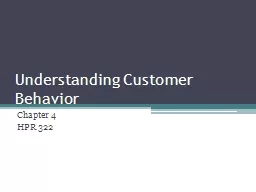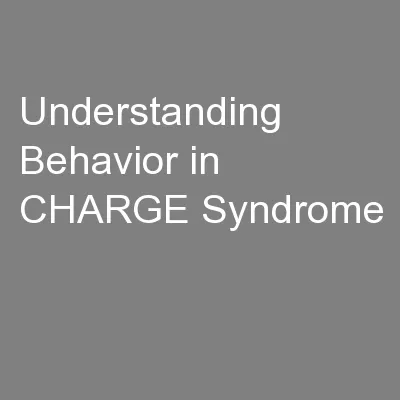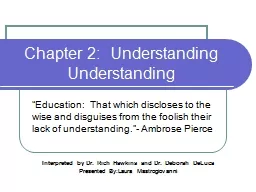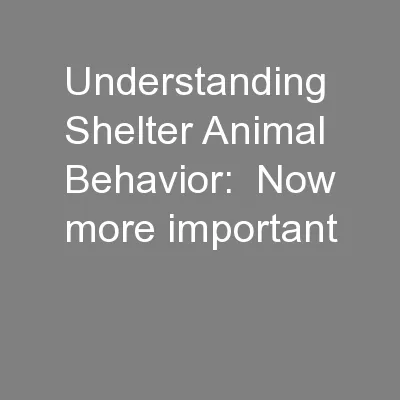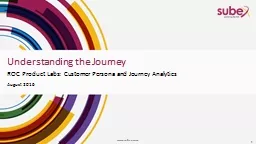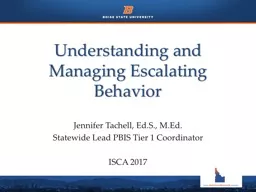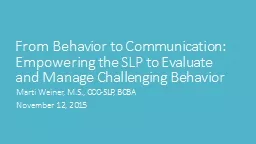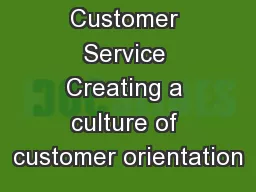PPT-Understanding Customer Behavior
Author : karlyn-bohler | Published Date : 2015-11-15
Chapter 4 HPR 322 Intro The organization must base its service on knowledge of customer behavior as they influence decisionmaking Values motives lifestyle personality
Presentation Embed Code
Download Presentation
Download Presentation The PPT/PDF document "Understanding Customer Behavior" is the property of its rightful owner. Permission is granted to download and print the materials on this website for personal, non-commercial use only, and to display it on your personal computer provided you do not modify the materials and that you retain all copyright notices contained in the materials. By downloading content from our website, you accept the terms of this agreement.
Understanding Customer Behavior: Transcript
Download Rules Of Document
"Understanding Customer Behavior"The content belongs to its owner. You may download and print it for personal use, without modification, and keep all copyright notices. By downloading, you agree to these terms.
Related Documents

